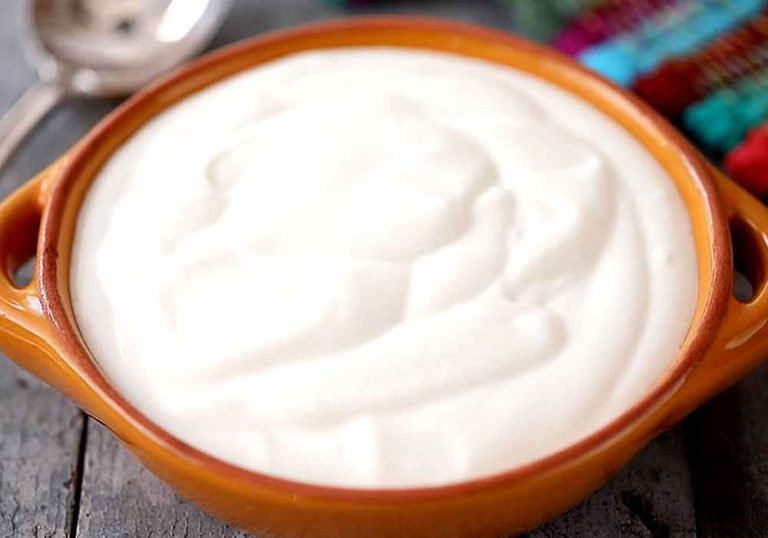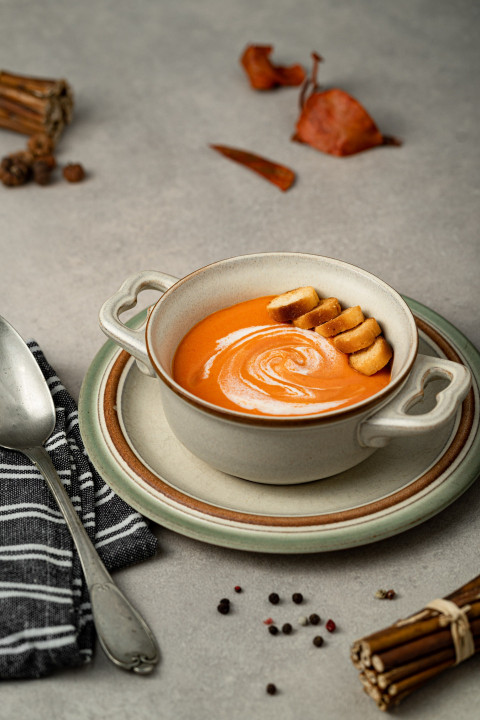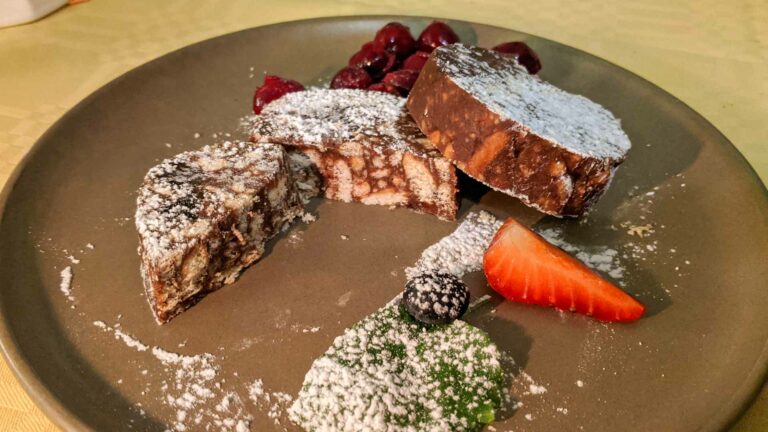Rice cream is a deliciously full-bodied dessert. In this article we will show you a recipe that is very easy to prepare – with a vegan version.

Rice cream is a delicious alternative to pudding that you can easily make yourself. So you can freely choose all components – whether cow or plant milk or sugar or maple syrup – and decide for yourself how sweet or cinnamon you like the rice cream.
We recommend buying all ingredients in organic quality. In this way you avoid chemical-synthetic pesticides and artificial fertilizers, which pollute the environment and can remain as residues on the food.
A basic recipe for rice cream

Ingredients:
500 mlmilk or plant milk
80 grice flour
3 tablespoons raw cane sugar or maple syrup
1 packet(s) of vanilla sugar
0.5 tsp
1 pinch(s) of salt
Directions:
Put the milk or plant-based milk (oat milk works particularly well) in a saucepan and heat it up.
Place all other dry ingredients in a bowl and mix together while the milk heats up.
Add the contents of the bowl and any liquid maple syrup to the milk in the saucepan. Turn the stove down to a low temperature. Mix everything together well and let it swell for ten minutes. Stir the mixture occasionally during this time.
Turn off the stove and let the rice cream swell for another five minutes.
Now you can serve the rice cream and put some extra cinnamon on top as a topping.
Tips about the sweet rice cream

You can vary the rice cream according to your taste:
For example, if you like it sweeter, you can add more sugar. If you want a sweet and spicy note, you can add a pinch of nutmeg, for example. If you like it chocolaty, add some Fairtrade cocoa powder or a piece of chocolate.
The rice cream tastes best when served fresh and warm. If you have any leftovers, you can store them in the fridge for a few days. You can of course eat the rice cream cold afterwards. If you want to heat them up again, heat some milk in a saucepan and add the rice cream. Mix everything together and let it warm up a bit.
There are many options when it comes to topping selection. For example, you can add berries or apple compote, currant jelly, fruit or fruit puree, cinnamon-sugar or maple syrup, nuts or pieces of chocolate. Of course, you can also combine these components with each other.










